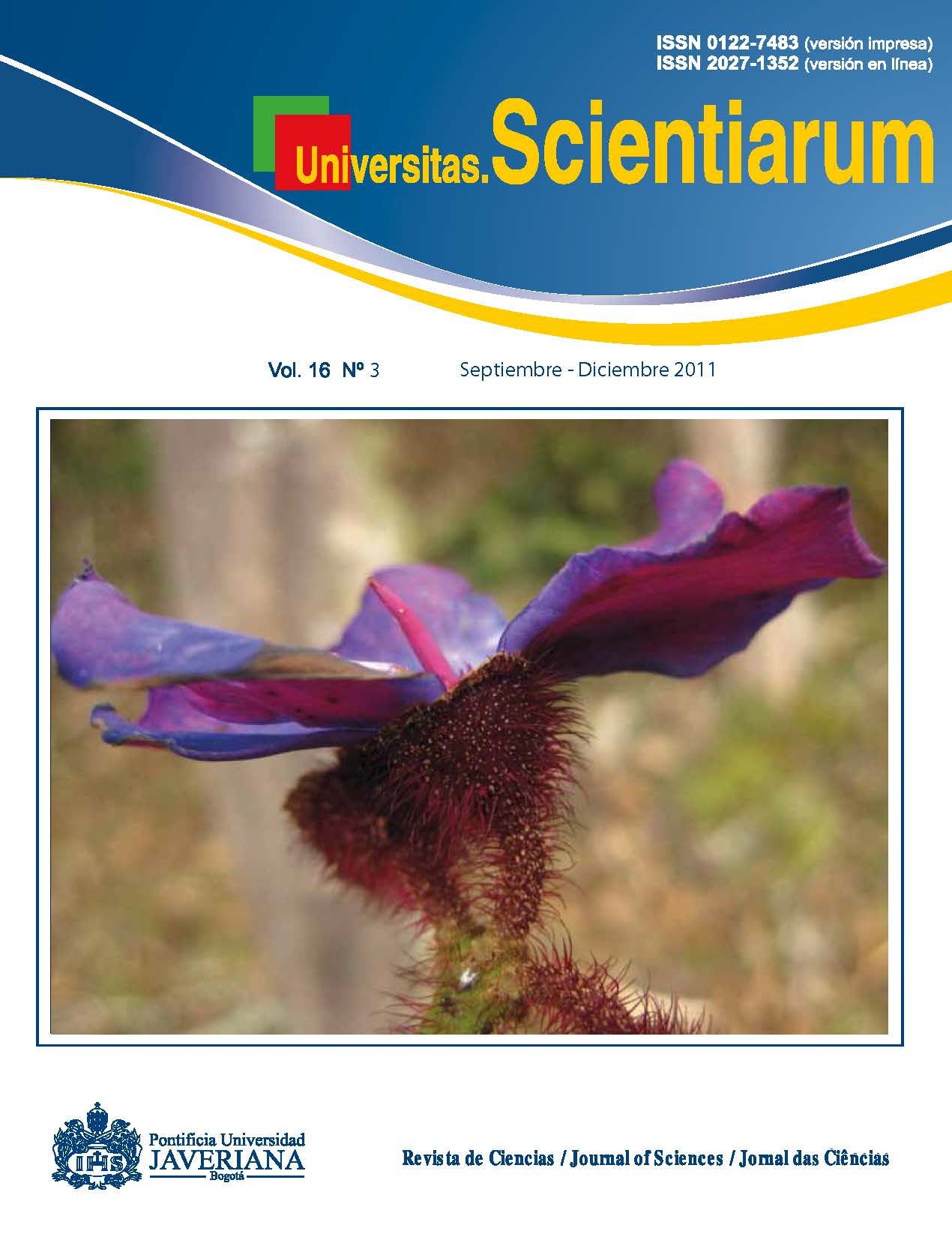Abstract
Objective.To use the information about the factors identified, by means of correspondence analyses to determine the behavior of the variables to be used to then make a natural segmentation, thus facilitating the interpretation and presentation of results. Materials and methods. We present a new profiling and segmentation approach by using correspondence analyses and classification. Results. By using this methodology we can optimize the determination of segments and the profiling of a set of variables. This procedure allows researchers of different disciplines to present and interpret the results of their research efficiently. Conclusions. The procedure here described enables a simple and quick interpretation of the analysis on many variables, rendering its use and implementation easy.
Key words: profiling, segmentation, multivariate techniques, correspondences.
Univ. Sci. is registered under a Creative Commons Attribution 4.0 International Public License. Thus, this work may be reproduced, distributed, and publicly shared in digital format, as long as the names of the authors and Pontificia Universidad Javeriana are acknowledged. Others are allowed to quote, adapt, transform, auto-archive, republish, and create based on this material, for any purpose (even commercial ones), provided the authorship is duly acknowledged, a link to the original work is provided, and it is specified if changes have been made. Pontificia Universidad Javeriana does not hold the rights of published works and the authors are solely responsible for the contents of their works; they keep the moral, intellectual, privacy, and publicity rights. Approving the intervention of the work (review, copy-editing, translation, layout) and the following outreach, are granted through an use license and not through an assignment of rights. This means the journal and Pontificia Universidad Javeriana cannot be held responsible for any ethical malpractice by the authors. As a consequence of the protection granted by the use license, the journal is not required to publish recantations or modify information already published, unless the errata stems from the editorial management process. Publishing contents in this journal does not generate royalties for contributors.



